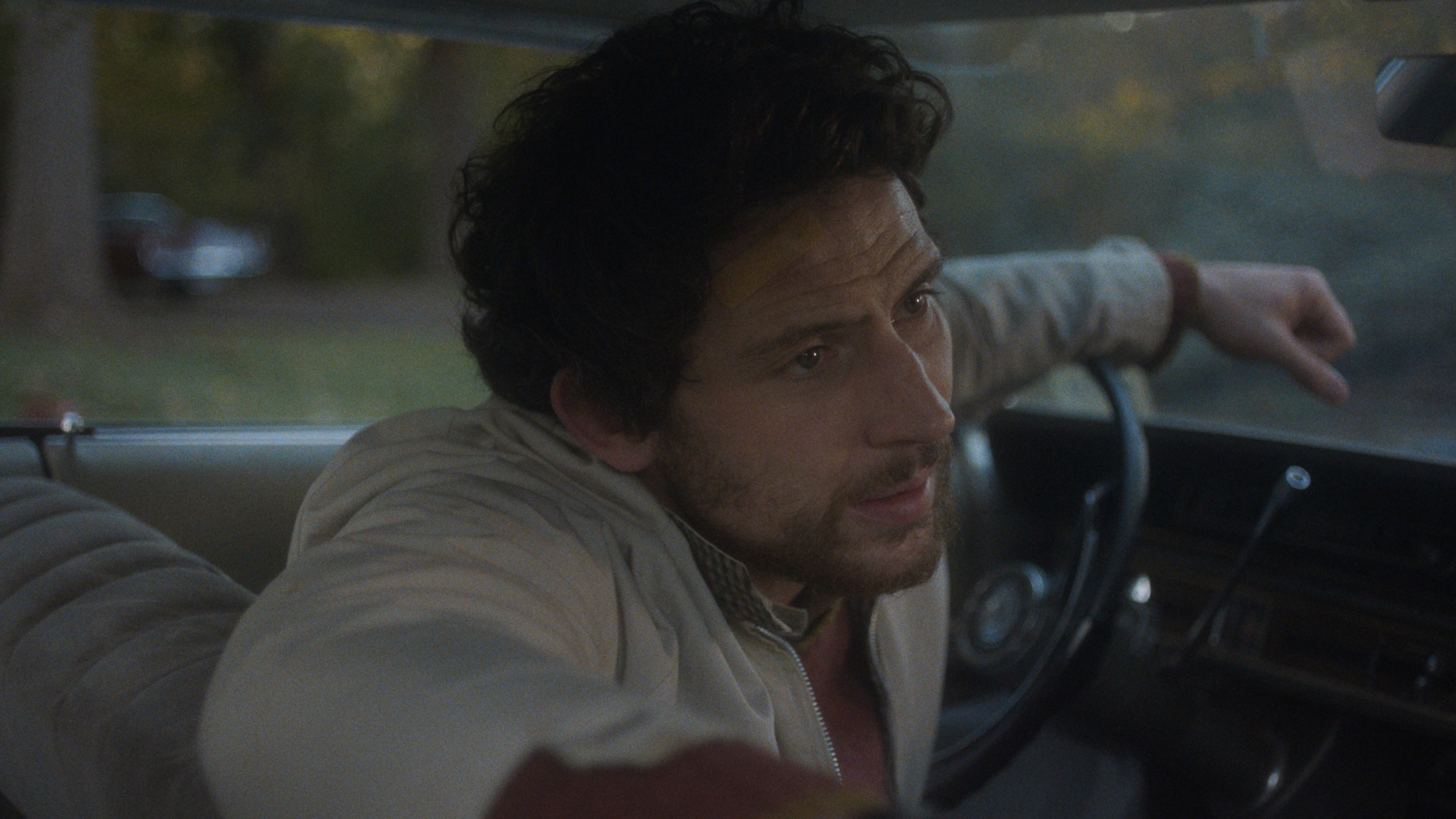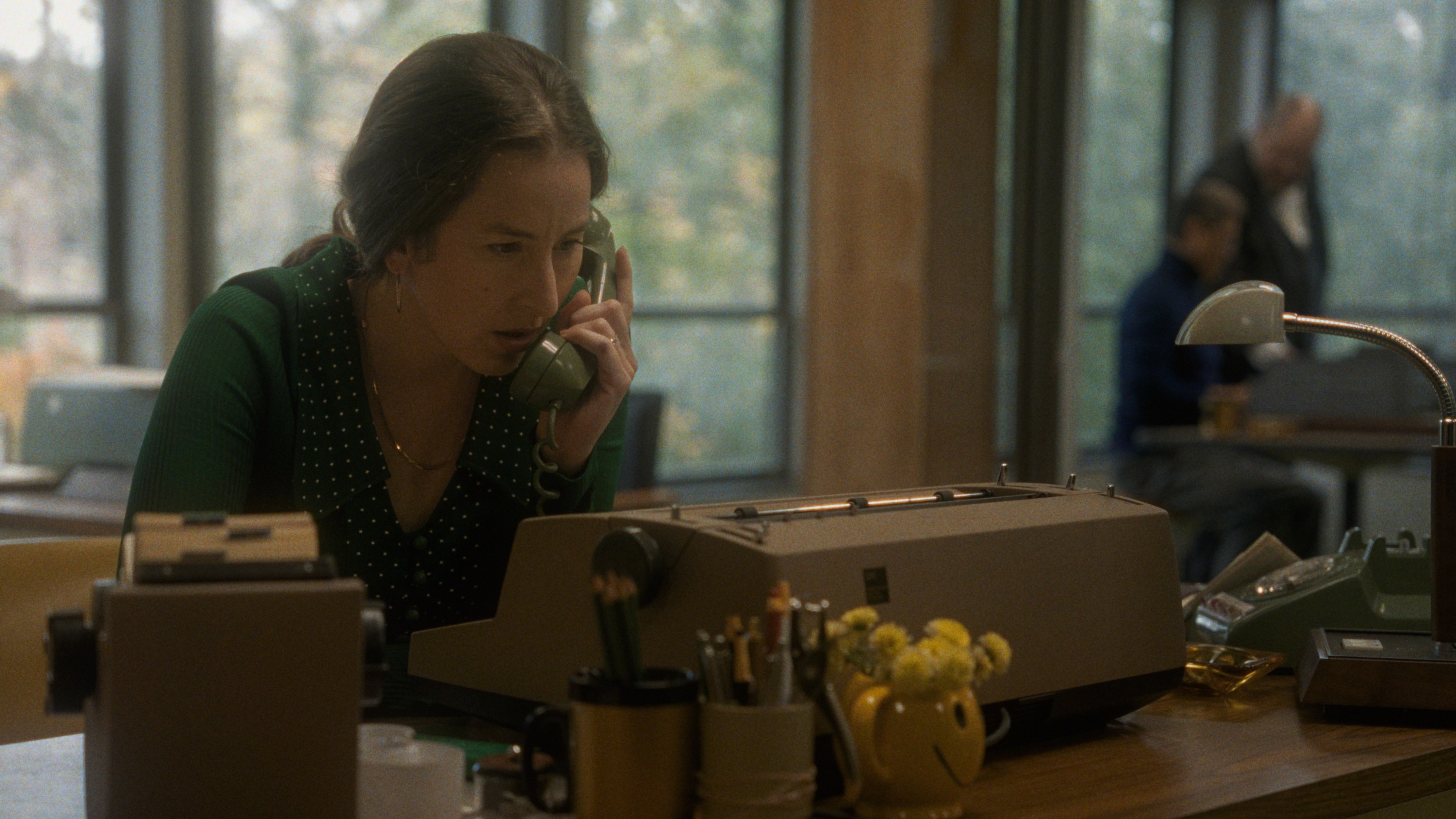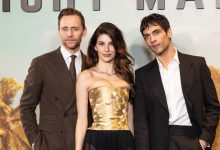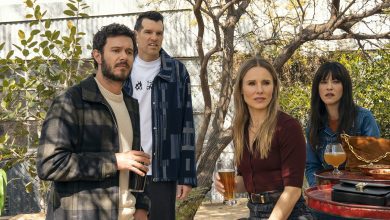Kelly Reichardt on ‘The Mastermind,’ Josh O’Connor and What the ’70s Have to Teach Us Today

Kelly Reichardt returns to the Cannes Film Festival with The Mastermind, a 1970s-set anti-heist film that’s less about the robbery and more about its emotional and social fallout.
The latest feature from the First Cow and Showing Up director is another exploration in quiet rebellion and the tension between individual freedom and collective responsibility. Premiering Friday night, it’s the last competition film to screen on the Croisette, and among the most anticipated. Art house distributor and streamer Mubi will release The Mastermind in North and Latin America and in select territories, including the U.K. and Germany, with The Match Factory handling international sales.
The Mastermind stars Josh O’Connor as James Blaine “J.B.” Mooney, an art-school dropout and unemployed carpenter who plans that one big job that will change his life: A daytime heist from a scarcely-guarded local museum. The plot was inspired by several actual snatch-and-grab jobs from the era, including the 1972 Worcester Art Museum heist in which robbers made off with masterpieces from Rembrandt, Picasso and Gauguin. But Reichardt, in her typically fashion, lowers the financial stakes — Mooney’s plan is to steal several paintings by the lesser-known early American modernist Arthur Dove — while raising the emotional stakes.
Like her 2013 feature Night Moves, about radical environmentalists who plot to blow up a dam, The Mastermind is less about the action than its consequence. The robbery takes place in the opening third. Then Reichardt’s heist movie shifts into something else. Mooney’s attempt to make it big collapses back on himself, destroying his life and that of those around him, including his increasingly sceptical wife Terri (played by Licorice Pizza star Alana Haim), and his New England-pedigreed parents, Bill and Sarah (Bill Camp and Hope Davis). “It’s an aftermath film, an unraveling film,” Reichardt says.
Set in Framingham, Massachusetts, near Worcester, The Mastermind was shot in Ohio and Indiana, with the Cleo Rogers Memorial Library in Columbus, designed by architect I. M. Pei, standing in for the film’s art museum. The film is drenched in 70s analog melancholy, from the lived-in 1970s design palette to the era-specific jazz score from Rob Mazurek and Chad Taylor of the Chicago Underground.
Reichardt spoke to The Hollywood Reporter ahead of her Cannes premiere about breaking down the heist genre, schooling Josh O’Connor on ’70s AM radio, and how the Nixon era marked the start of America’s long political decline.
What was the origin of this story, the idea to do a heist movie?
I’ve just always been interested in heists. I like to dig around and read about them when they come up —they’re fun to read about. And I read an article on the 50th anniversary of the art heist in Worcester, Massachusetts, from 1972. The article was about these teenagers who got caught up in an art heist at the Worcester Art Museum. That piqued my interest. So it was just a little seed for how to start telling this story.
Did your family background have anything to do with it? Your father was a detective.
No, not at all. My dad was a crime scene detective, my mom was an undercover narcotics agent, and my stepfather was an FBI agent. But it wasn’t really about that. I mean, while making the film, because it was set in the 1970s, a ton of things came back to me from being a kid then — being in the car all the time, that sort of thing. But there’s no biographical element in it.
You said it was the 50th anniversary of this particular heist, but were there any specific heists that you based the story of the film on?
No, but the Worcester heist was a jumping-off point for sure. Those were snatch-and-grabs like this before security cameras and other measures were put in. Museums had roundabouts in front of them, so robbers could just drive up, retirees were the security guards. Before the Gardner Museum [heist of 1990], there were a lot of these kinds of robberies. At the Worcester Museum, they took a Rembrandt and four huge paintings. That was a little bit of a stepping-off point. I liked the idea of it being in New England, so we set it in Framingham, which is close to Worcester. I wanted it to be smaller, not like masterpieces being taken. It became about painting by Arthur Dove. That was fun to dive into.

Was the idea that stealing Arthur Dove paintings, instead of Rembrants makes the whole thing slightly less grand or ambitious?
Yeah, it lowers the stakes. I felt it was better for the size of my film, really, and for the ambitions of this character. I felt like it was easier to get my arms around than having it be paintings everyone knows, like Degas or Rembrandt. I went through a lot of different stages of what it would be, but I kept coming back to Dove. I was a little bit worried, to be honest, because Dove paintings are quite small, and on their own they’re not majestic necessarily. One could dismiss them or find them unremarkable. He wasn’t very popular in the ’70s. But Tony Gasparro, the production designer, and I came to believe that if you set them in a room with multiple ones and gave them the prestige of a museum setting, that would carry it. We found one visual of a Dove show from the ’70s and riffed off that.
For the 70s setting, what is it about that era that resonates now?
Well, I liked the idea of taking a sort of classic character — James Mooney [played by John O’Connor] is kind of like a man-boy, and a father and a husband — who makes a big career move and tries to execute it to the best of his ability, then gets stomped on and doesn’t know how to recover from it. That’s sort of within the conventions of heist thinking — we think of [French director Jean-Pierre] Melville or something. But then there’s an undertone of a character who feels detached from what’s happening in the country. He’s too old to be drafted, he’s a middle-class kid with a judge father, and he has two kids. He’s not worried about being drafted, so he’s not tuned in.
The idea that keeps reappearing in the films I’ve made is this question about the individual versus the person in a community, or in a society, or as a citizen of the world. Can you really remain separate from what’s going on around you? Or does the drag of it catch up with you? Are we just all more connected than that?
Can you keep yourself separate from the politics around you, which is a particularly important question for artists.
Yeah. A lot of people say, “Well, I’m just not political.” And I think: Do you have a bank account? You’re political. Not to be political is a very privileged position. If you can go through life and not worry that someone’s going to knock on your door and take you to a prison in El Salvador, then lucky you.
It’s interesting thinking about the times. I shouldn’t go on talking about politics because I’m not some expert. But if I think of Vietnam — and then Watergate, and Iran-Contra, and Iraq — it feels like the beginning of American disillusionment with government. It’s hard to believe, but when you go back and look at the Watergate hearings with someone young now, they almost laugh at the idea that people were so taken aback and saddened to learn that the president was a liar. And now the country just embraces the outward lie, almost like it’s more honest. Like: Yeah, this guy’s a fraud. What a curve in a lifetime. Fifty years is a big spiral — but what a quick arc it seems.

Did you give Josh O’Connor and the cast any homework to get them into the 70s mindset?
I gave them all a film by Jeff Kreines, a documentary I love [1974’s The Plaint of Steve Kreines as Recorded by His Younger Brother Jeff]. It captures the region and a family dynamic that I really liked. Hope Davis, Bill Camp, Alana Haim, and Josh all watched it. That was a big thing.
Dawn Sutter Madell, the music supervisor, and I made some tapes for Josh of what would’ve been on the radio at the time — just so he’d be familiar with what AM and FM were playing. Mostly AM. I gave Alana the Joan Didion essays. I can’t remember what else I gave them — some image books, things like that. Josh also chose to watch some things on his own. Alana’s really into that period, so she’s already hip to it.
Can I ask about the music? It seems like classic ’70s jazz. You’ve never really done that before.
I’ve never used that much music at all. That was a lot more music for me. This trumpet player and composer, Rob Mazurek, plays with percussionist Chad Taylor in the band Chicago Underground. The music supervisor turned me on to them, gave me a bunch of stuff. I gave her things I was listening to —some Coltrane, Sun Ra, Bill Evans from that period — when I was writing. I knew it would be a jazz score and minimalist in terms of players and instruments.
She gave me people to listen to, and I loved Rob and Chad’s music. I used some of it as temp, figured out the scenes we’d use it in, and started a long process with a music editor — I’d never worked with one before. Rob created new music for scenes in the film. He’s in Marfa, Texas, and recorded there. It was a really interesting, long, and challenging process. But really interesting.
I see connections with your other work, especially in the structure—it’s similar to Night Moves: the event, the heist, happens at the beginning, and it’s all about the aftermath.
Yeah. It’s a kind of tilted-boat structure. I started with the heist, and then: what happens next? It’s funny but the music really helped with that. For a while, the character and I had the parameters of a genre that then sort of peters out, just like his plan. He knows what moves to make, as in Night Moves, but there’s not much planning for the aftermath.
The film, too, no longer has a structure to follow after the first quarter. From a heist movie, it kind of organically turns into another genre. For a while, I thought, “What have I done to myself?” But I liked how it turned. The music helped buoy it, so it still worked as a whole. The music functions one way during the heist, and another way after.
Will Josh make the red carpet? He missed the one for The History of Sound because he was shooting on another film.
Yes, he finished shooting yesterday [Wednesday] and left to fly here, so he should be in good shape.
Source: Hollywoodreporter
HiCelebNews online magazine publishes interesting content every day in the movies section of the entertainment category. Follow us to read the latest news.
Related Posts
- Miley Cyrus Surprises Fans With Intimate ‘Something Beautiful’ Set At Chateau Marmont
- Rumer Willis Says It's 'Such A Delight' to See Grandpa Bruce Willis and Yaya Demi Moore Bond with Daughter Louetta (Exclusive)
- Ben Fogle's 'wild' animal problem he embraces at £2.6m home with wife Marina
- TV Ratings: ‘The Last of Us’ Season 2 Finale Falls Short of Premiere
- Susie Wolff Is Putting the F(emale) in F1





